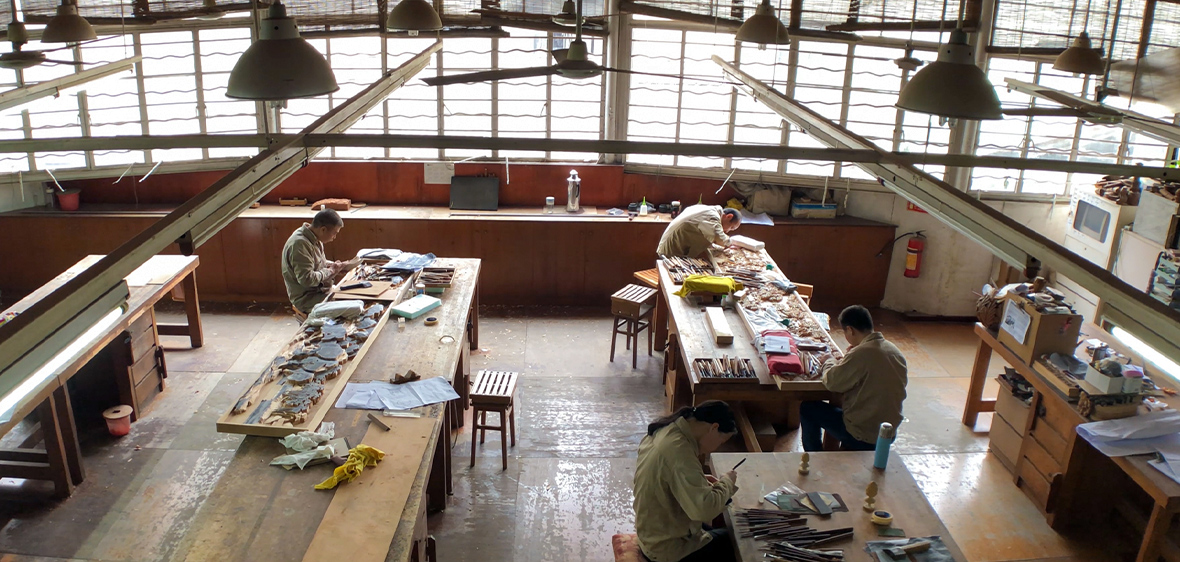
Carving wood by hand involves numerous methods and tools to turn the original raw piece into a finished piece of furniture. The traditional carving tools that are used most often are: chisels, knifes, gouges, hammers, along with sanding, painting or other methods to carefully finish projects. Wood is a very light material that can take very fine detail and it’s easier to sculpt.
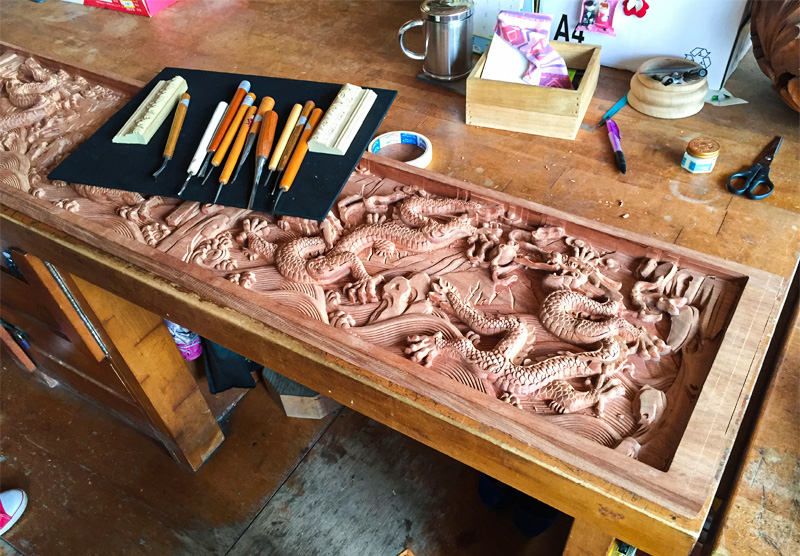
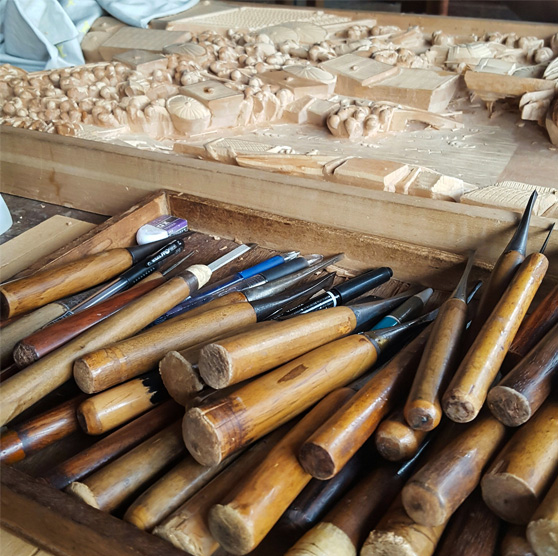
From the earliest days of furniture making, craftspeople have added dimension and beauty to hand-carved wood furniture. Some of the first carvings were incised cuts and were often geometric in shape. As tools improved, carvings became more artistic and often captured the lines of simple elements seen in the natural environment like flowers, leaves and vines. Carvings on furniture became more sophisticated as the role of some furniture pieces changed from strictly utilitarian to more of an art form.
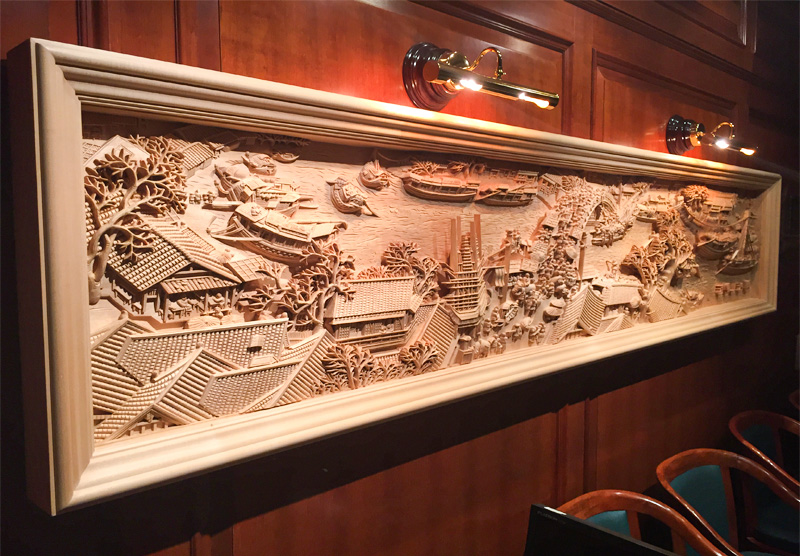
Carvings on furniture became more sophisticated as the role of some furniture pieces changed from strictly utilitarian to more of an art form. Splendid carvings adorned many kinds of furniture, either as a singular decorative element or as a repeated shape found framing a drawer or a bed. Traditional furniture and 18th century furniture pieces tend to exhibit more carving than transitional and contemporary furniture. One of the most recognized carving elements, the ball and claw foot, can be found at the base of a chair or dining table leg.
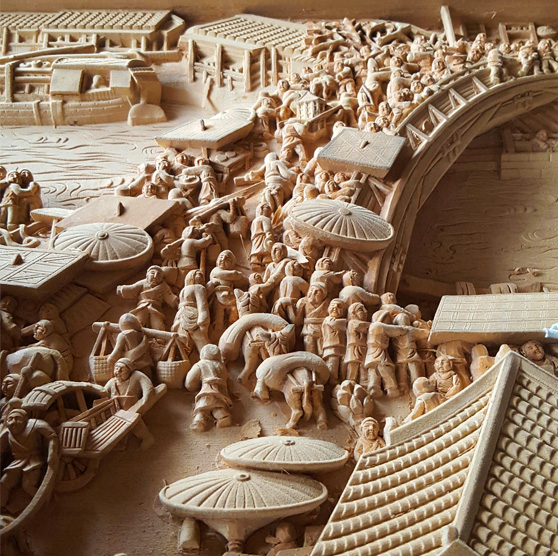
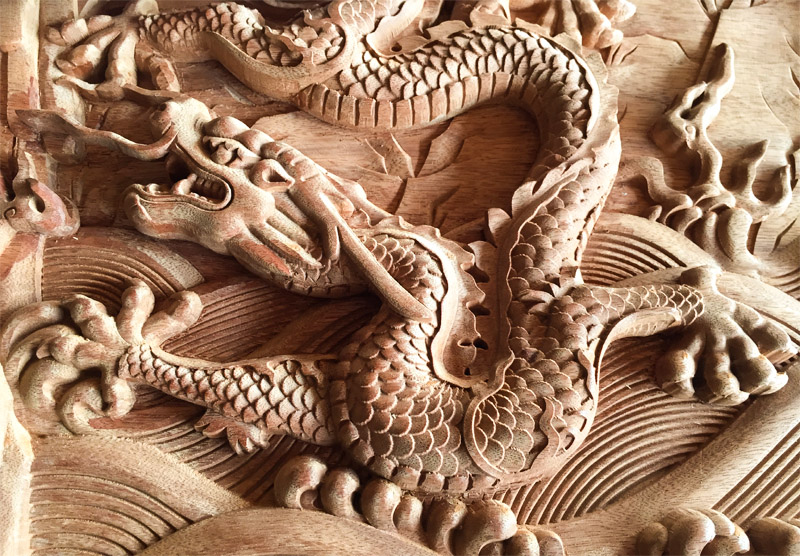
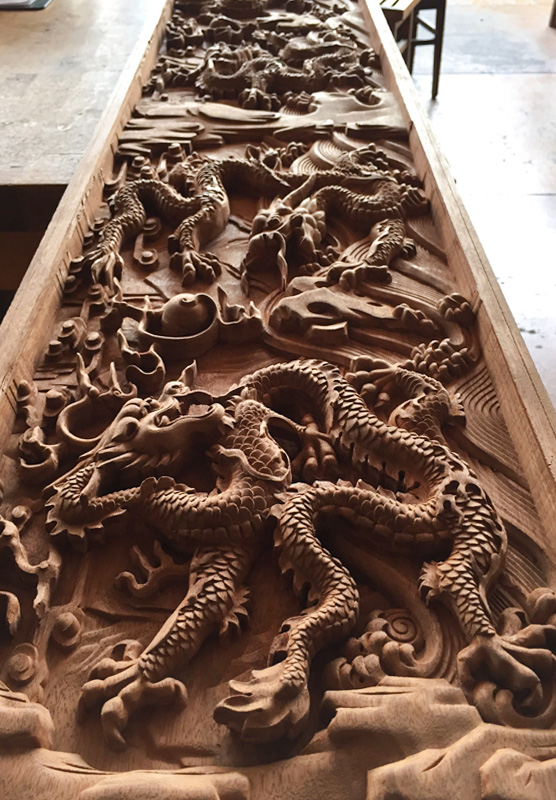
Well-crafted carvings are crisp and precise and are attractive additions to a piece of furniture, rather than an overpowering element. The carving should be sized in proportion to the piece and serve as an integral part of the design. Moldings are strips of shaped or carved woods that frame sections of furniture. Where moldings move around a corner, a finely finished piece will carry the design across the joint, without an obvious stopping and starting point.
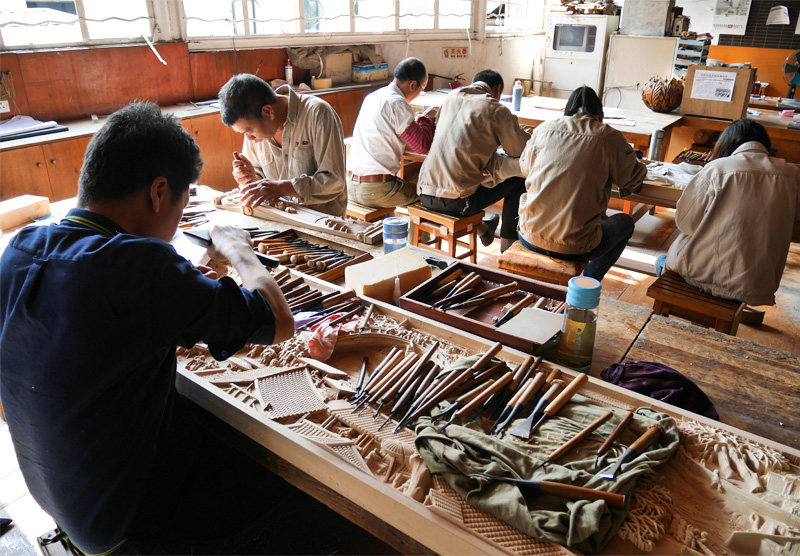

1 February 2021